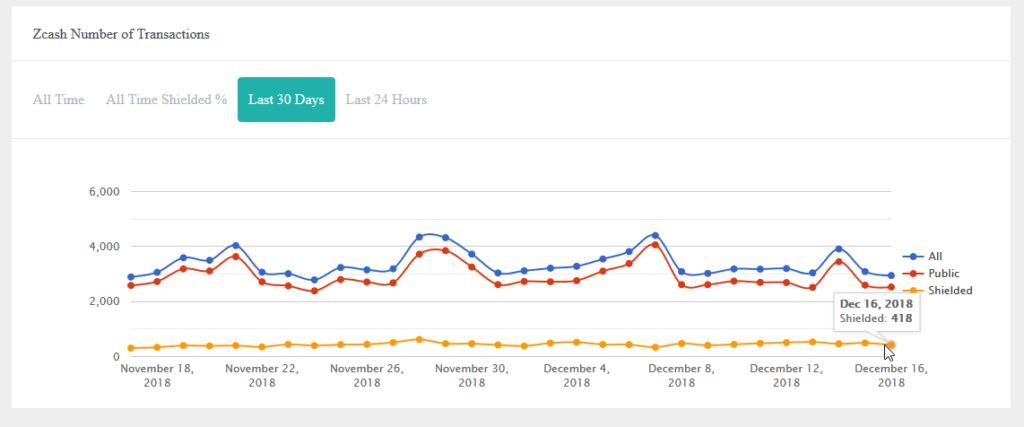According to a recent post from Z-Cash’s official blog, more services are now offering the use of shielded or private addresses now as a result of the Sapling upgrade. The upgrade was touted as significantly improving the speed and efficiency of Z-Cash and enabling it to require less resources. The goal of the Zcash project is that all people inevitably prefer to use shielded or private addresses, as they wrote, “this is just the beginning for Zcash’s mission toward a shielded ecosystem.”
Shielded addresses are different from transparent addresses, which anyone can see the activity of. In private cryptocurrencies, the information about the specific details of a transaction is not readily apparent for the public, contrary to Bitcoin and other first generation cryptocurrencies which enabled anyone to view the comings and goings of currencies in an unlimited fashion.
According to the post by Z-Cash’s Paige Peterson, mining pools and other services have begun to support shielded addresses for withdrawals, as well as exchanges. Despite her post, the overwhelming majority of Zcash transactions over the past 30 days were publicly viewable, with no significant uptick in shielded transaction activity, according to Blockspur, which tracks Zcash and Zcash Classic network data.

Peterson wrote:
The increased adoption of shielded addresses is due to the underlying advancements of Zcash cryptographers. They have developed and implemented significant changes to the zero-knowledge proving mechanism in Sapling. Years of research and cryptographic design work have produced these improvements which build upon existing schemes and invent new ones.
Zcash Overall Network Activity Dwarfed by Many Cryptos
Regardless of the improved nature of the Sapling upgrade, the overall network activity in Zcash is remarkably low by comparison to many, many other cryptocurrencies out there.
Litecoin currently averages more than 20,000 transactions per day.
Monero has an average of over 5,000 transactions per day.
Ripple transactions have dropped off, but its low point is in the tens of thousands of transactions per day.
Transaction count is a vital indicator as to the health of a blockchain network. We don’t even bother to mention the high transaction activity of Bitcoin, which consistently sees thousands of transactions in each block, or Ethereum, which sees many more, as they are known to be healthy and active blockchains.
Featured image from Shutterstock. Zcash logo from Wikimedia Commons. Transaction chats for XMR, LTC, and XRP from Bitinfocharts.
Get Exclusive Crypto Analysis by Professional Traders and Investors on Hacked.com. Sign up now and get the first month for free. Click here.








